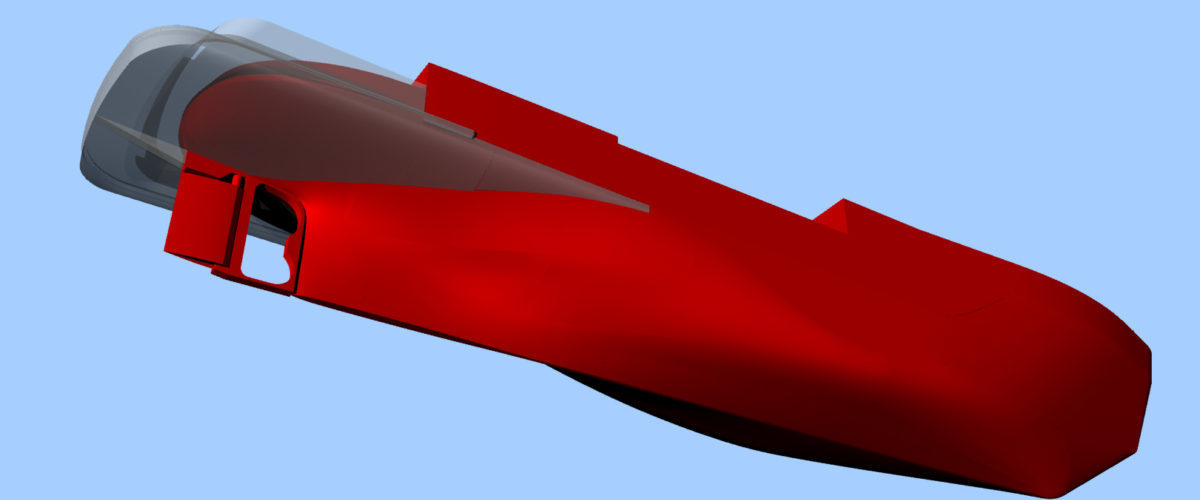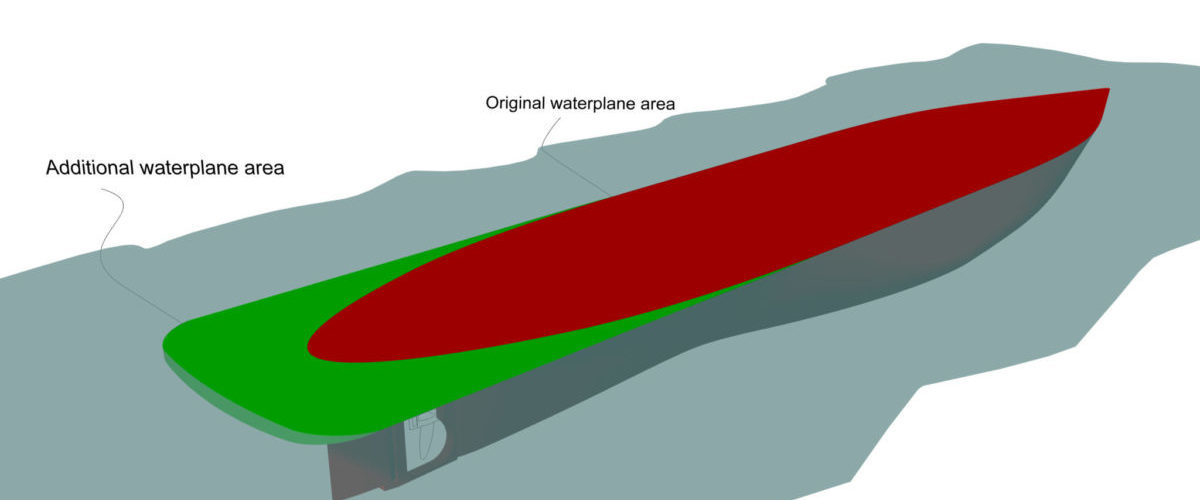A guide to yacht stability
5 ways to improve the stability of your yacht
Written by:
Georgia Tindale
Publication:
SuperYachtTimes
Following the marked improvement in yacht stabilisation technology over the last few decades, an increasing number of superyacht owners are becoming attuned to the importance of yacht stability to their experience on the water. Whether it is by taking stability into account in the planning of a new-build vessel or adding fin stabilisers during the refit of a 20-year-old yacht, there are a wide variety of options for achieving this aim.
For a new build vessel, the weight and centre of gravity calculation is vital to every design: a boat floats in the water like a scale, so if there is too much weight in the bow or stern, the boat will have a trim and if there is too much weight at one side, she will have an angle of heel. With the centre of gravity, it is the same. If this is higher than expected, the stability will become worse and therefore making a proper calculation is key to success. In contrast, for a refit yacht, you are limited in options for altering the stability as the yacht is as she is.
Here, the experts from the Dutch naval architecture and design studio, Diana Yacht Design offer their insights on how best to improve the stability of your superyacht and tell us why too much stability can, surprisingly, be too much of a good thing.
1. Modifying the hull
The first way to boost your yacht stability is by modifying the hull. Whether this is by lengthening the stern or transforming the stern type, for example by changing it from a canoe stern into a transom stern – as Diana Yacht Design did during the rebuild of Legend – or simply increasing the waterline of an existing transom stern, increasing the volume at the stern of the boat – as seen on the 56-metre Feadship Rio Rita – this can have a positive impact on the yacht’s stability in the water.
Although lengthening the stern can improve the yacht’s stability, there are other factors to take into consideration. If the yacht is lengthened significantly, the hull plating on the vessel may need to be increased to ensure that the ship is strong enough, which obviously comes with associated costs. So with this in mind, a company such as Diana Yacht Design can check, in advance, whether these works would need to be carried out for you, helping to optimise your refit and ensuring that you remain in budget.
2. Adding ballast
Secondly, adding ballast weight low in the ship is another method of improving the stability of your yacht as it will maintain a deeper position in the water and lower the centre of gravity. Although this can be done with lead ballast, the same effect can also be achieved by the strategic use of tanks, as a fully loaded yacht is always more stable than a light loaded ship.
Instead of adding ballasts, if you keep some fuel tanks full at all times when operating the vessel, these act as a counter ballast and keep the centre of gravity lower on the yacht. However, this will limit the range which you are able to travel on your boat.
3. Stabilisers
Certainly, the most obvious solution to the question of stability is to choose from the range of different types of stabilisers you can add to your yacht. With the improvement in stabiliser technology, many refits now include the replacement of older, linear types of stabilisers with modern zero-speed stabilisers. Modern, active stabilising systems are self-learning and can adjust to fit different sea states, as well as being increasingly affordable. A stabiliser improves the comfort on board by reducing the roll of the ship and therefore giving the feeling of improved stability.
Different types of stabilisers for yachts include fin stabilisers, which are attached to the outside of the hull, as well as gyro stabilisers which are found inside. Notably, fin stabilisers are commonly added to yachts during refit works as they take up little space.
Being located on the outside of a vessel, fin stabilisers can be vulnerable to being damaged and also create resistance, thus costing the vessel speed. In contrast, gyro stabilisers are often found on faster yachts as the owners want the vessels to be as sleek and hydrodynamic as possible. As a final bonus, because the gyro stabilisers are installed low in the ship they can also improve stability.
4. Removing weight from the top
As you might expect, when you carry out any works on your superyacht, the weight of the ship will alter, thus also altering the centre of gravity and so the stability of the vessel also needs to be recalculated for safety reasons. There is a limit of 2% that the weight of a yacht can be increased or decreased by before a classification society requires that an inclination test be carried out.
Another way to improve the stability of your yacht is to remove weight from the top of the vessel. For example, during the rebuild of the 77.4-metre expedition motor yacht Legend, Diana Yacht Design removed both the centre mast and foremast from the original boat – which had been built as an icebreaking tug by IHC Verschure in 1974 – removing this weight from the ship and improving its overall stability. Notably, this can also be achieved by replacing a steel mast with a lighter aluminium or a composite mast.
5. Don’t overdo it!
When it comes to stability, there is such a thing as too much of a good thing. If you overdo the stability of your yacht, it can cause problems for your guests. There is an optimum ‘rolling period’, the time it takes for a boat to move from one side to the other side and back, which is between 6 and 8 seconds for a 40/50 metre yachts. If this time is affected, it can cause guests on board to feel anxious or even seasick.
In short, it is a balancing act between safety, comfort and sailing characteristics. This is part of the wonderful experience of spending time on the water and should be both expected and celebrated.





